Despite significant progress, questions remain
Cleveland Clinic is a non-profit academic medical center. Advertising on our site helps support our mission. We do not endorse non-Cleveland Clinic products or services. Policy
(Dr. Singh, of Cleveland Clinic Cole Eye Institute, received the 2018 early career investigator award from the president of the American Society of Retina Specialists. He authored 15 peer-reviewed publications and presented at 18 meetings on diabetic eye disease in 2018. In this article, he highlights research conducted at Cole Eye Institute in 2017.)
Diabetic retinal disease is the leading cause of blindness in working-age adults in the United States. Over the past few years, there have been significant advancements of our understanding of how this disease develops, what the risk factors are for progression and how to treat both diabetic macular edema (DME) and diabetic retinopathy (DR). We are fortunate to have advances in imaging such as widefield angiography and optical coherence (OCT) angiography for disease detection. In addition, we have multiple intravitreous antivascular endothelial growth factor drugs (anti-VEGF) available for treatment.
Despite this, there are multiple unanswered questions about the disease pathogenesis, response to treatment and how we prevent complications. This a major thrust of research at Cole Eye Institute.
There have been studies of human pathological specimens demonstrating significant capillary loss within the choroid, especially in advanced diabetic retinopathy (Figure 1). But what about in vivo? We assessed choroidal capillary density by OCT angiography and found significant loss of the choriocapillaris vessels in patients with advanced diabetic retinopathy. As a result, one might also consider the choroid to be a contributor of ischemia seen in diabetic retinopathy and to the development of proliferative diabetic retinopathy.
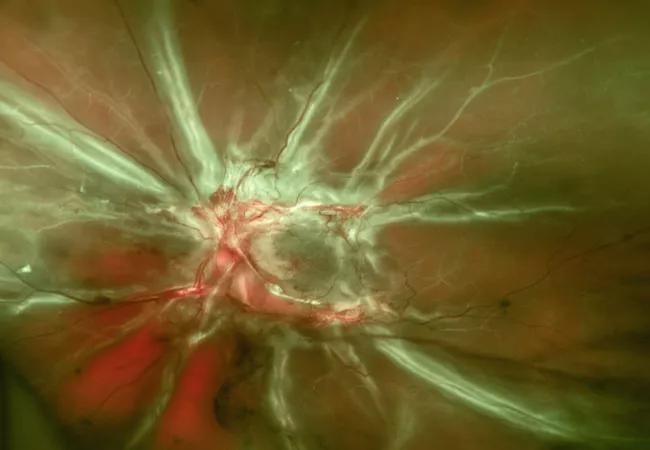
Figure 1. Retinal fundus color photograph demonstrating advanced proliferative diabetic retinopathy.
Previous studies such as the Diabetes Control and Complications Trial (DCCT) have shown that intensive therapy reduced long-term complications. However, strict control in the first two years resulted in a higher rate of proliferative retinopathy. We investigated this further in a population of patients who underwent bariatric surgery for diabetes. These patients experienced a 3 percent drop in hemoglobin A1c (HbA1c) on average from baseline. When looking at microvascular outcomes, there was no difference seen in the bariatric surgery treated group and the intensive medical management group. Thus, patients who undergo bariatric surgery can be assured that ocular complications in the first few years are unlikely despite large drops in their blood sugar.
We investigated whether baseline metabolic factors affected anti-VEGF mediated improvements in patients with DME and DR. For both diseases, none of the systemic factors affected anti-VEGF treatment outcomes, including systemic characteristics, glycemic control and renal function (Figure 2).

Figure 2. Retinal fundus color photograph showing improvements in DR outcome following anti-VEGF treatment.
One of the more interesting findings concerned the outcomes of those who received focal laser treatment. There was a clear inverse relationship between higher baseline HbA1c levels and visual acuity improvement with focal laser, with no improvement seen in the highest quartile. This should give clinicians pause when considering focal laser treatment, especially when a patient has uncontrolled diabetes.
Cataract surgery is a common complication of diabetic eye disease and is the most common outpatient eye surgery performed. However, patients with diabetic retinopathy in particular are at high risk of developing macular edema following even uncomplicated cataract surgery. How can we prevent this complication in this at-risk patient population?
In two prospective randomized studies, we demonstrated that the addition of a nonsteroidal agent to the postoperative regimen can decrease the rates of macular edema from 15.9 percent to 4.1 percent and increase those achieving a 3-line gain in vision following cataract surgery by 19 percent over the standard of care regimen. Patients, especially those with baseline diabetic retinopathy, can achieve better anatomic and visual outcomes following cataract surgery with the addition of a nonsteroidal agent during the postoperative period.
We are excited to establish the Cole Eye Institute Center for Excellence in Ophthalmic Bioinformatics, which will address leading causes of blindness, including age-related macular degeneration, diabetic eye disease, retinal vein occlusions, glaucoma and uveitis. Understanding presentations of these ophthalmic diseases, their risk factors, their prognosis for progression and their optimal response to treatment through the bioinformatics processes is an important step at improving the lives of our patients.
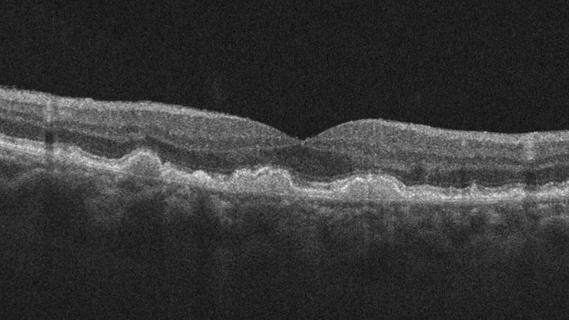
Early data shows risk is 73% higher in patients with lupus, 40% higher in patients with rheumatoid arthritis

Identifies weak spots in the cornea before shape change occurs

Researchers to study retinal regeneration in zebrafish with new grant from National Eye Institute
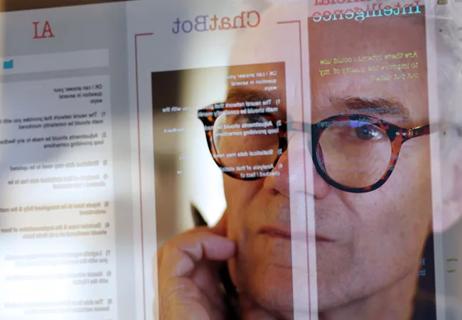
30% of references generated by ChatGPT don’t exist, according to one study
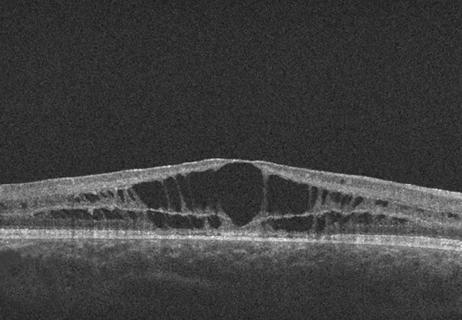
Study followed patients an average of eight years
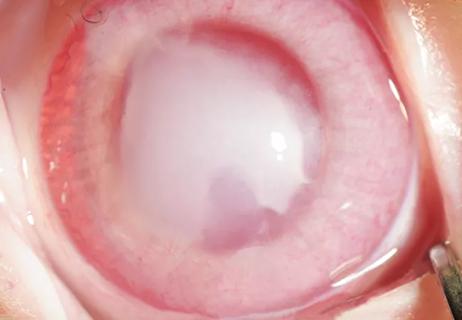
Studies indicate dramatic results when used topically with or without corticosteroids
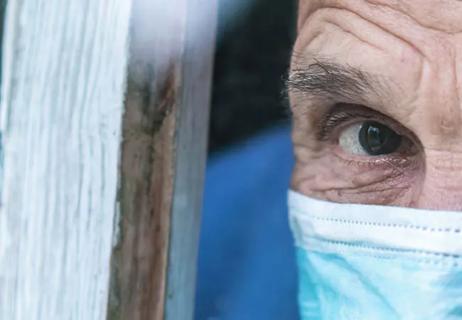
53% of participants didn’t need anti-VEGF for six months or longer
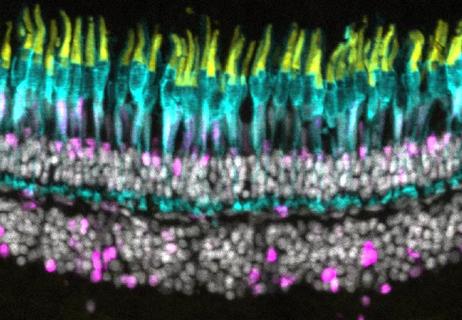
Notch pathway inhibition preserves retinal neurons and promotes regrowth in zebrafish